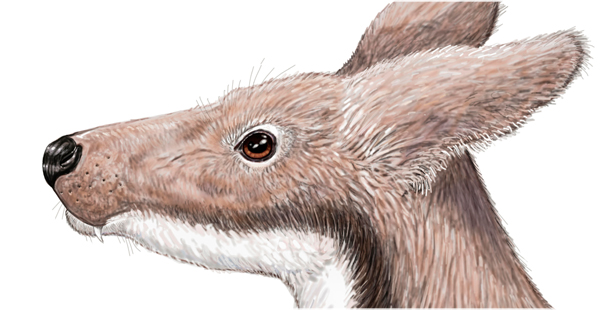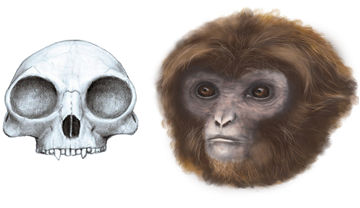
A PNAS study led by the Institut Català de Paleontologia Miquel Crusafont (ICP) analyzed the kinship between two Miocene great apes (Hispanopithecus and Rudapithecus) based on the morphology of their inner ear semicircular canals. This anatomical structure has revealed to be very informative in reconstructing phylogenetic relationships between fossil primate species. The results are in accordance with the distinction of these taxa at a generic level and reinforce their allocation in the Hominidae. Furthermore, the similarities in semicircular canal morphology with extant chimpanzees and bonobos suggest that the latter possibly retained the ancestral condition, while orangutans appear to have derived independently.

Changes in the diet of the ruminant Micromeryx, an extinct musk deer that inhabited the same areas as hominoids and pliopithecoids during the Miocene, reveal that these extinct primates lived in different habitats in Catalonia as a result of their different food preferences and locomotion behaviors. Changes in vegetation due to more arid and seasonal environments explain why these two groups never cohabited. The study carried out by research staff from the University of Zaragoza, the Institut Català de Paleontologia Miquel Crusafont and the Complutense University of Madrid has been published in BMC Biology.
 A team of researchers from the ‘Institut Català de Paleontologia Miquel Crusafont’ describes in the Science magazine the new genus and species, Pliobates cataloniae, based on a skeleton recovered from the landfill of Can Mata (els Hostalets de Pierola, Catalonia, Spain). The fossil remains belong to an adult female individual named “Laia” by her discoverers. “Laia” weighed 4-5 kg, consumed soft fruit items and moved through the forest canopy by climbing and suspending below branches. Pliobates lived 11.6 million years ago and precedes the divergence between hominids (great apes and humans) and hylobatids (gibbons), which has important implications for reconstructing the last common ancestor of both groups.
A team of researchers from the ‘Institut Català de Paleontologia Miquel Crusafont’ describes in the Science magazine the new genus and species, Pliobates cataloniae, based on a skeleton recovered from the landfill of Can Mata (els Hostalets de Pierola, Catalonia, Spain). The fossil remains belong to an adult female individual named “Laia” by her discoverers. “Laia” weighed 4-5 kg, consumed soft fruit items and moved through the forest canopy by climbing and suspending below branches. Pliobates lived 11.6 million years ago and precedes the divergence between hominids (great apes and humans) and hylobatids (gibbons), which has important implications for reconstructing the last common ancestor of both groups.






